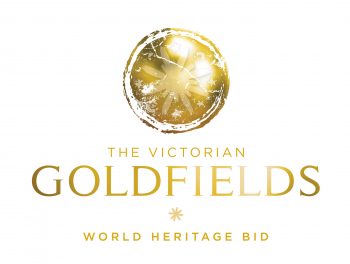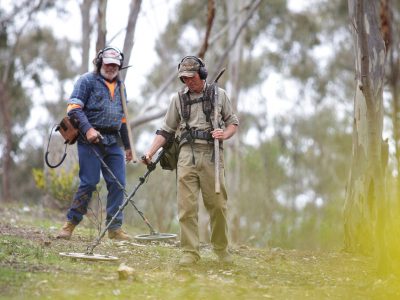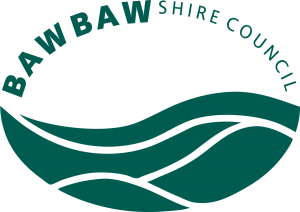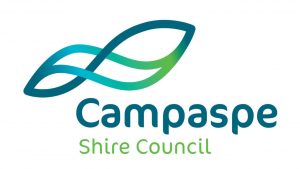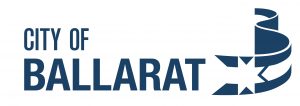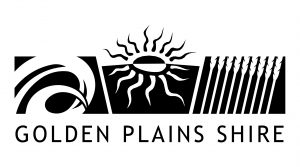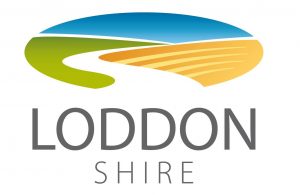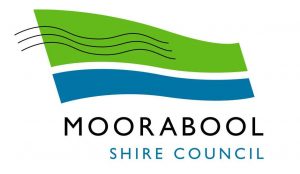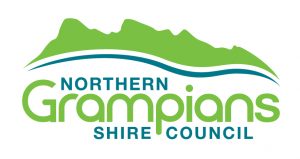What is the idea of the World Heritage Listing of the Central Victorian Goldfields?
There is considerable interest (and concern) about what a proposal to seek World Heritage Listing of the Central Victorian Goldfields would mean and particularly how it would affect gold mining and prospecting. This article sets out to answer the most commonly asked questions.
Is there an application for World Heritage Listing?
No application has been prepared or made. Thirteen Councils are seeking state government funding to undertake the research to determine whether an application is justified and whether it would be supported. It is estimated, based on other Australian examples, that this process could take three to six years at least. Any application requires support by the Victorian and Australian governments before it can be submitted to UNESCO.
What properties would be listed?
No decision has been made on any properties to be listed. It is expected up to about 20 properties could be listed. These would be “the best of the best”, e.g. the best town hall, post office, law courts, Mechanics Institute, botanical gardens, railway station and so on. Buildings on public land owned by the state or local Councils would be considered. Probably two or three representative small area archaeological mining sites on public land would be also included. It is unlikely any private buildings or sites could be listed and only then if the owner supported listing. It is likely only buildings and sites already recognised and listed for their heritage value by Councils and Heritage Victoria would be listed. Selection of buildings and sites would be a lengthy process with wide community engagement.
